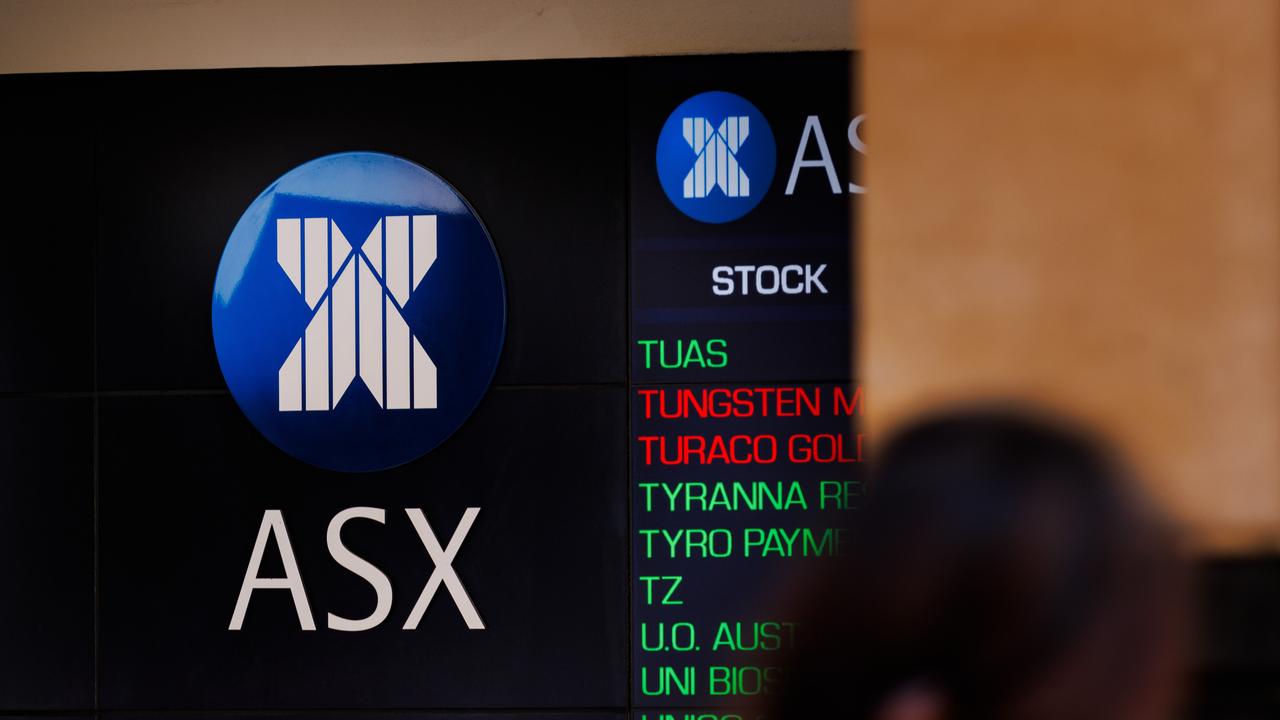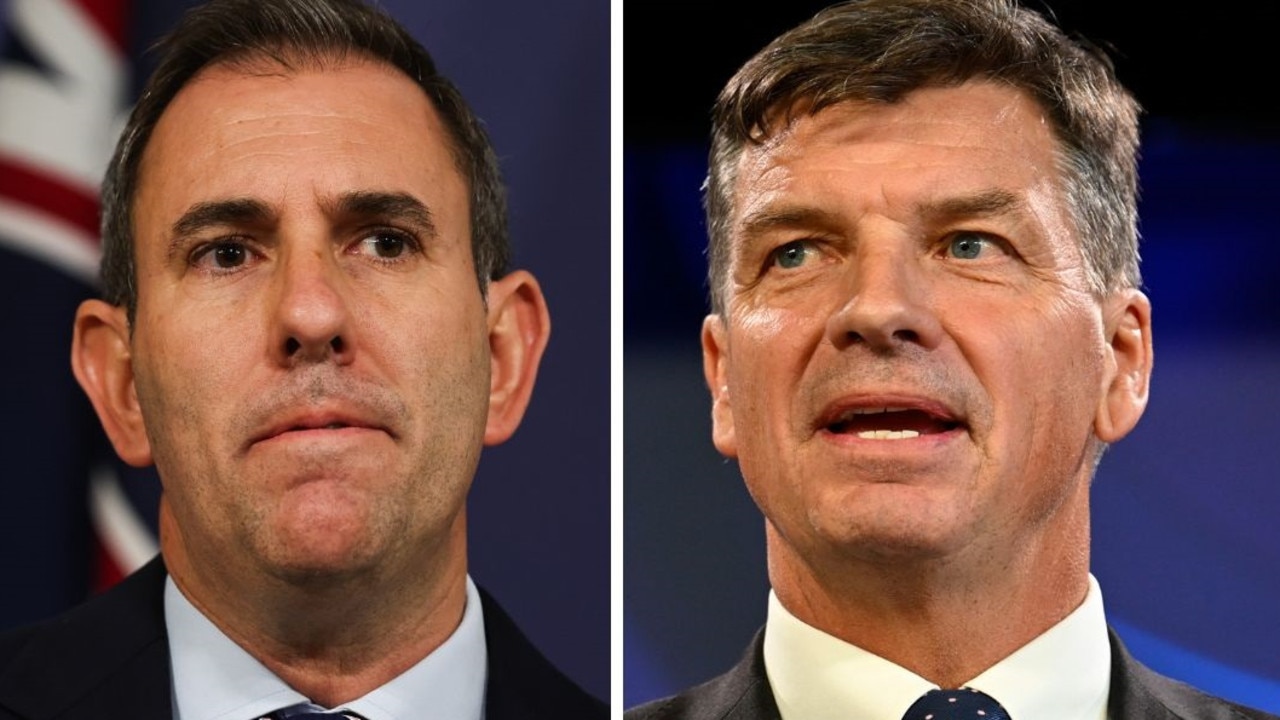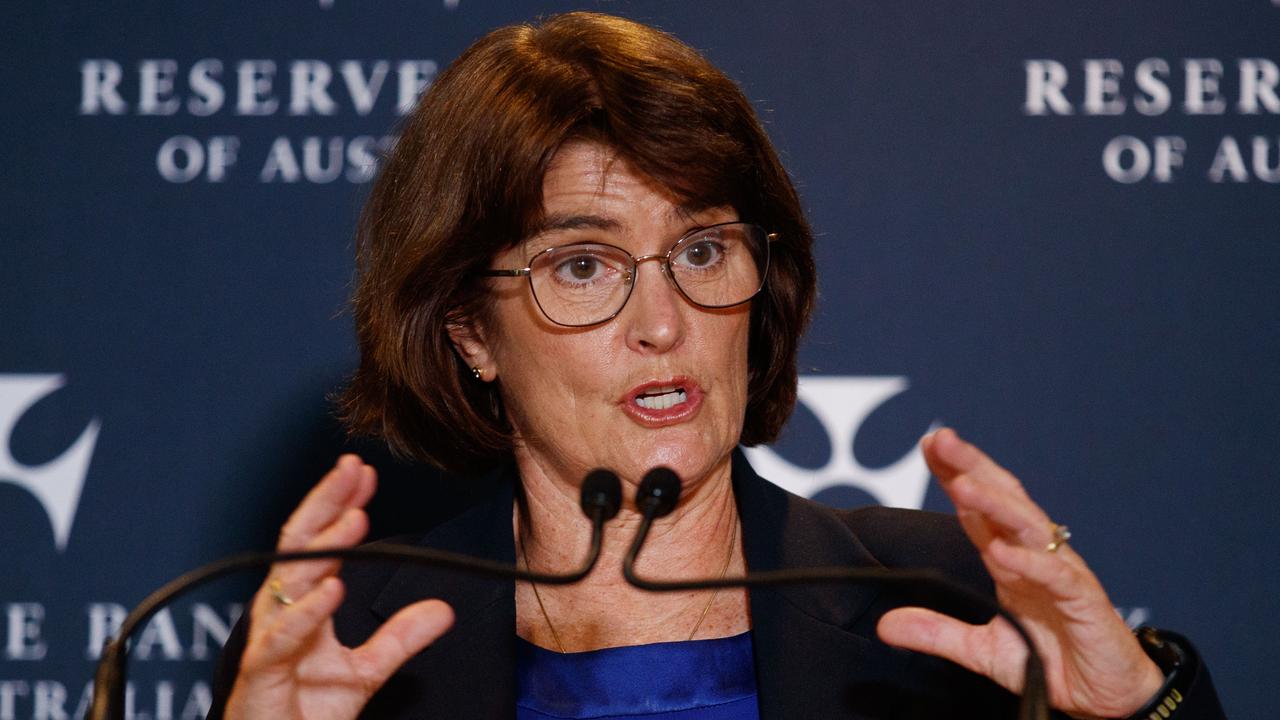Big assumption in Budget 2021 could impact Australia’s economic recovery
One assumption at the heart of the federal budget underpins everything else. If it’s wrong, Australia’s economic recovery could be derailed.
Australia’s economy has defied expectations but one big assumption in the budget has the potential to derail the country’s continuing recovery.
Budget papers released on Tuesday night note the deficit is $52.7 billion lower than expected this year but acknowledge that control of the coronavirus in Australia and globally remains a significant risk to the economic outlook.
“The continued economic recovery will rely on the effective containment of COVID-19 outbreaks both here and abroad,” the papers say.
“This will be a key factor in the timing of the reopening of international borders, which could weigh on the outlook for the tourism and education sectors.
“More broadly, downside risks to the outlook for the global economy from ongoing outbreaks of the virus in major economies, including India, could also have implications for Australia’s economy.”
It notes the Morrison Government is relying on several “key assumptions” for its economic forecasts.
These assumptions include:
• During 2021, localised outbreaks of COVID-19 are assumed to occur but are effectively contained;
• Most domestic restrictions lifted (although general social distancing restrictions and hygiene practices may continue);
• No extended or sustained state border restrictions in place over the forecast period;
• A gradual return of temporary and permanent migrants assumed to occur from mid-2022; and
• Inbound and outbound international travel expected to remain low through to mid-2022.
None of these assumptions are assured but one in particular seemed particularly unrealistic: “that a population-wide vaccination program is likely to be in place by the end of 2021”, which appeared to indicate Australia would aim to have adults vaccinated by the end of the year.
Australia is already far behind its original vaccination targets, which expected to finish vaccinating adult Australians by October, a furious pace that many experts thought was unlikely to happen and which the government has now abandoned.
Prime Minister Scott Morrison has since declined to set a new deadline but the budget documents indicated the government was still relying on an extremely ambitious vaccine rollout to underpin the country’s economic recovery.
However, when asked about the vaccination program on ABC News Breakfast on Wednesday morning and whether the wording in the budget meant every Australian would be vaccinated by December 31, Mr Morrison denied there were “assumptions that go to the rollout” in the budget.
“They are not policy settings,” he said. “We will continue to roll the vaccine out, as we have been, and accelerating it.”
RELATED: Budget’s biggest losers revealed
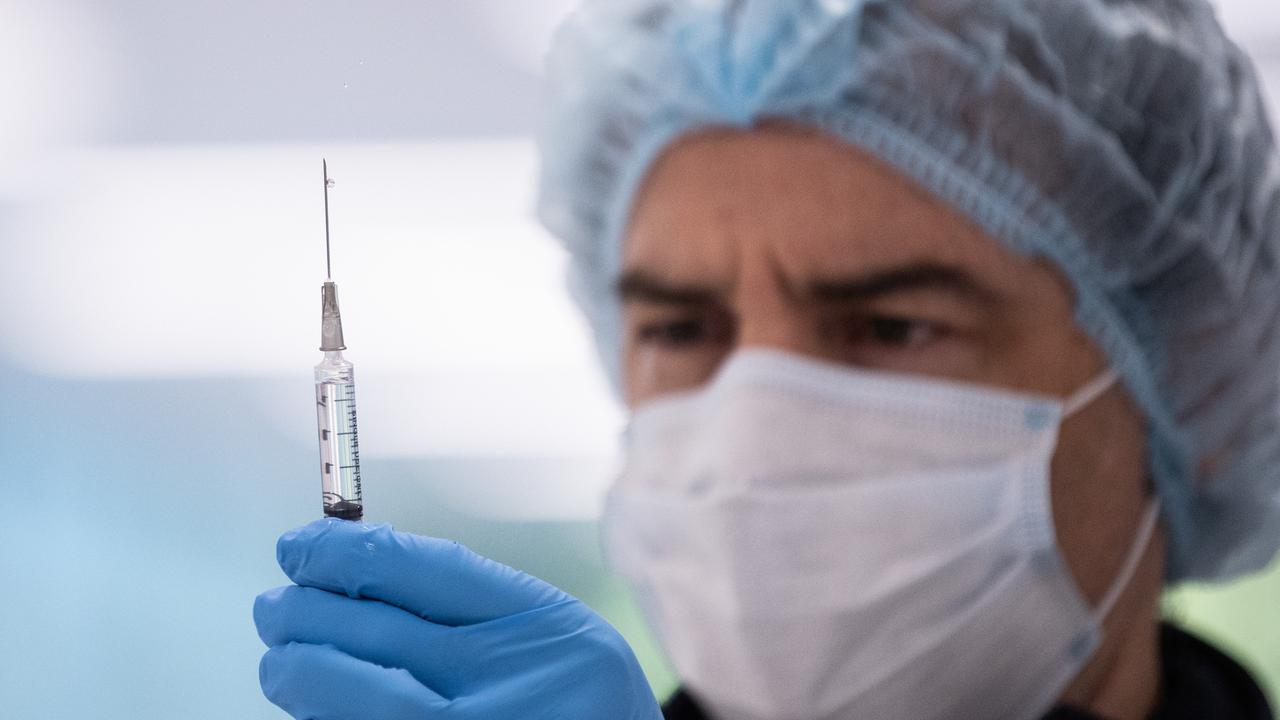
Australia has so far only managed to achieve a vaccination rate of about 400,000 doses a week, which means most young people won’t start to receive their first doses until April next year.
Authorities would have to ramp up the number of jabs to around 1 million a week in order to reach an end-of-year deadline for everyone to get both jabs.
ABC’s 7.30 host Leigh Sales grilled Treasurer Josh Frydenberg on Tuesday night over the number of “assumptions” in the budget.
“The budget is based on a series of assumptions, and they are that the whole Australian population will be vaccinated by the end of the year, that there’ll be no sustained state border closures this year and no major COVID outbreaks, and that international borders will start to operate reasonably normally by the middle of next year,” Sales said.
“Those are very uncertain and heroic assumptions, aren’t they?”
Mr Frydenberg said the government was staying cautious because of the virus.
“We’re in the middle of a pandemic, and making assumptions during normal times is difficult – to make them during the middle of a pandemic is even more so,” he said.
“Those assumptions are based on the best available evidence to us.
“We know that more than 10 per cent of the Australian population has now received their first dose.
“We’ve seen 30 per cent of those aged over 70 or above receive a dose.
“We saw more than 400,000 doses rolled out over the course of the last week. More supply is coming online. So that is the assumption about vaccines.
“With respect to international borders, it’s quite a conservative, cautious assumption that international borders will gradually reopen from the middle of next year.”
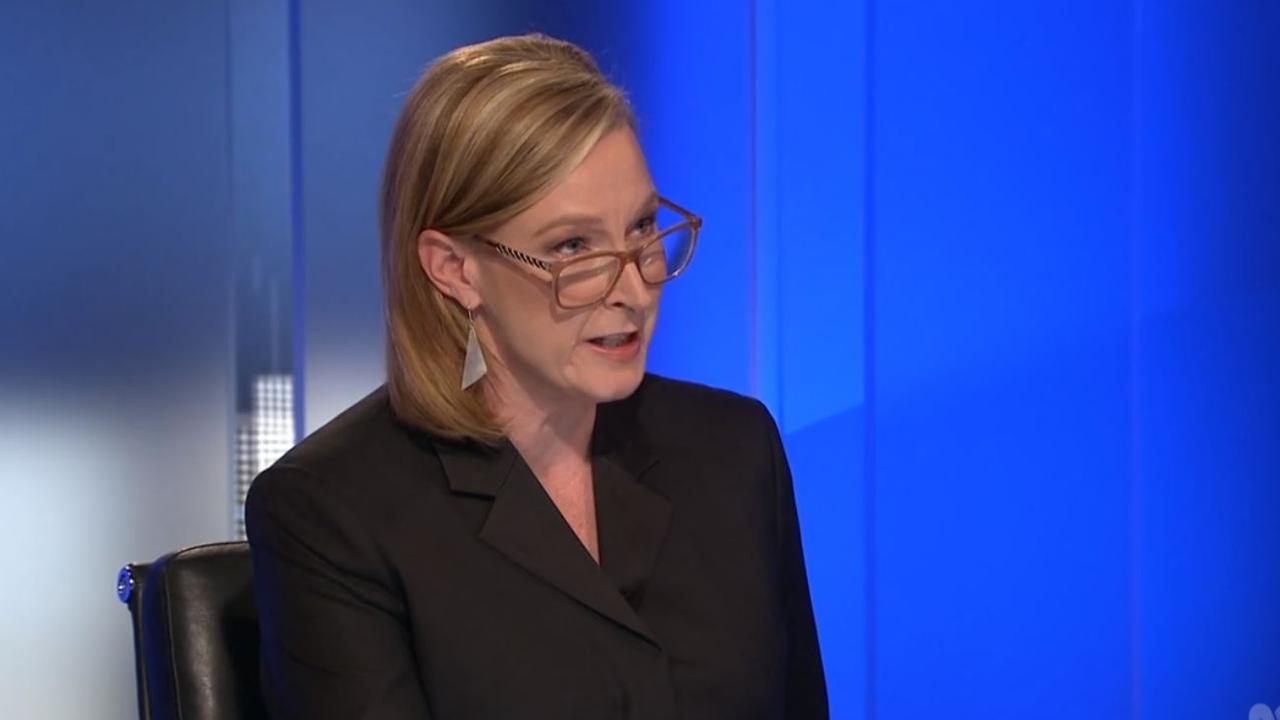
C-suite consulting firm Provocate has estimated vaccinations would have to reach 200,000 a day every day for Australia to complete the rollout by the end of 2021. Currently the average rate is just 35,000 a day, with the highest single day so far of 89,000 jabs reached nearly four weeks ago.
Provocate managing director Troy Bilsborough, who was a senior advisor to the federal health and aged care minister between 2013 and 2017, said the biggest question remaining for business was what rate of herd immunity the budget was banking on, as it meant a difference of 50,000 extra vaccinations daily between high and low rates.
“To average 200,000 vaccines per day every day over the next seven months is going to be a monumental task, given we’re currently averaging about 35,000 per day, and business should plan conservatively and cautiously,” he said.
“The Budget predicting international borders opening six months after completing the vaccine rollout is a signal in itself government is providing a buffer on delivery without throwing out its economic forecasts.
“Until vaccination rates are consistently averaging at least one million per week, we would advise business C-suite continue to expect a vaccine rollout completion closer to 2023 than 2021.”
While there are signs of the vaccination program ramping up — NSW opened its first mass vaccination centre at Sydney Olympic Park this week — the numbers still appear to be well behind what’s required.
“The mass vaccination centre will be able to administer up to 30,000 vaccines per week once it is up and running, that means around 5000 vaccinations per day,” NSW Premier Gladys Berejiklian said.
“The centre, combined with the more than 100 NSW Health run clinics and hubs, means NSW Health can administer around 60,000 vaccines each week across the state.”
In the budget, the Morrison Government revealed it had allocated a further $1.9 billion for the rollout out of vaccines, as well as another $1.5 billion for COVID‑related health services, including for testing and tracing, respiratory clinics and telehealth.
In total it has committed $20 billion to the vaccine rollout and to strengthen the health system in response to COVID.
But Australia’s reliance on Pfizer to vaccinate its young people means it will also be more exposed to delays due to international shipping.
RELATED: Shock border reveal in Budget
Australia was forced to shift away from using AstraZeneca, which it is manufacturing locally, after the discovery of rare but serious blood clots mainly in younger people, leading to a change in Australia’s vaccination strategy so people under 50 years of age would receive Pfizer instead.
More doses of Pfizer have been ordered, with Australia expected to receive a total of 40 million Pfizer doses this year, including 20 million which are expected to arrive in the last quarter of the year.
While there is a shorter three-week gap between the first and second doses of Pfizer, compared to the 12-week gap required for AstraZeneca, the pace of vaccinations is still ambitious.
Australia’s program was previously derailed by shipment delays from Europe, which contributed to it missing a March target to have four million Australians vaccinated by the end of the month.
But more than a month after the original deadline passed, authorities have still only managed to deliver 2.7 million doses.
It’s a long way from the 50 million doses required to vaccinate everyone over the age of 16 years old.
— Additional reporting by Natalie Wolfe


